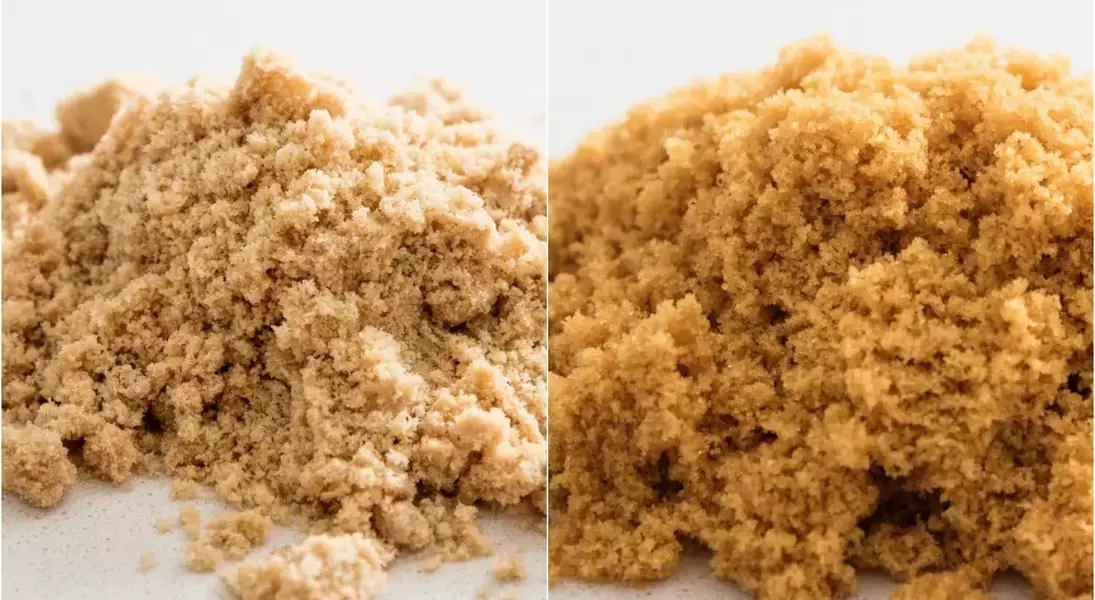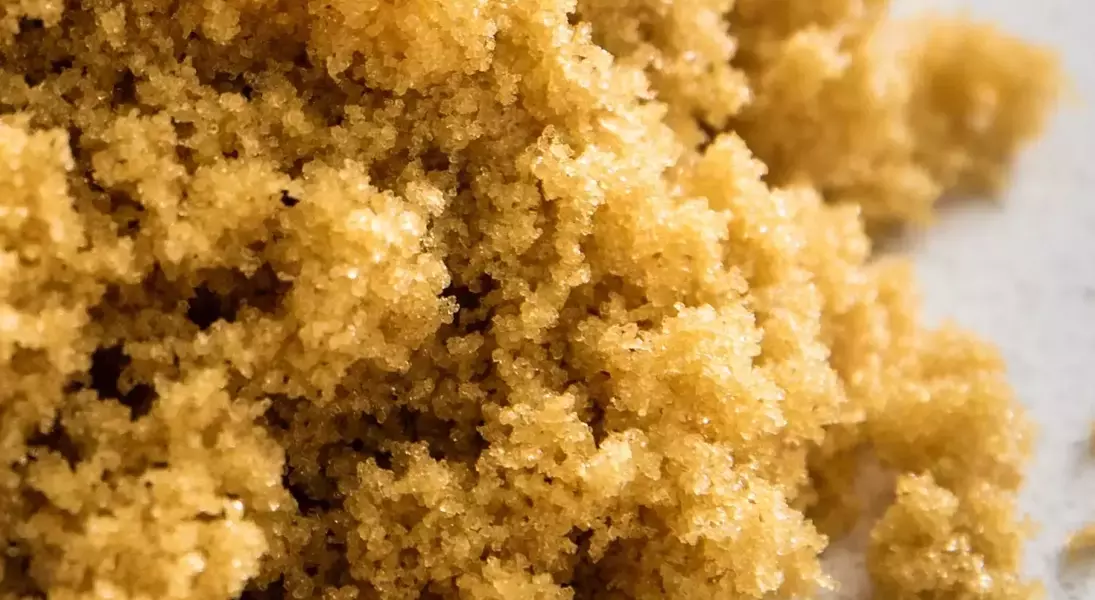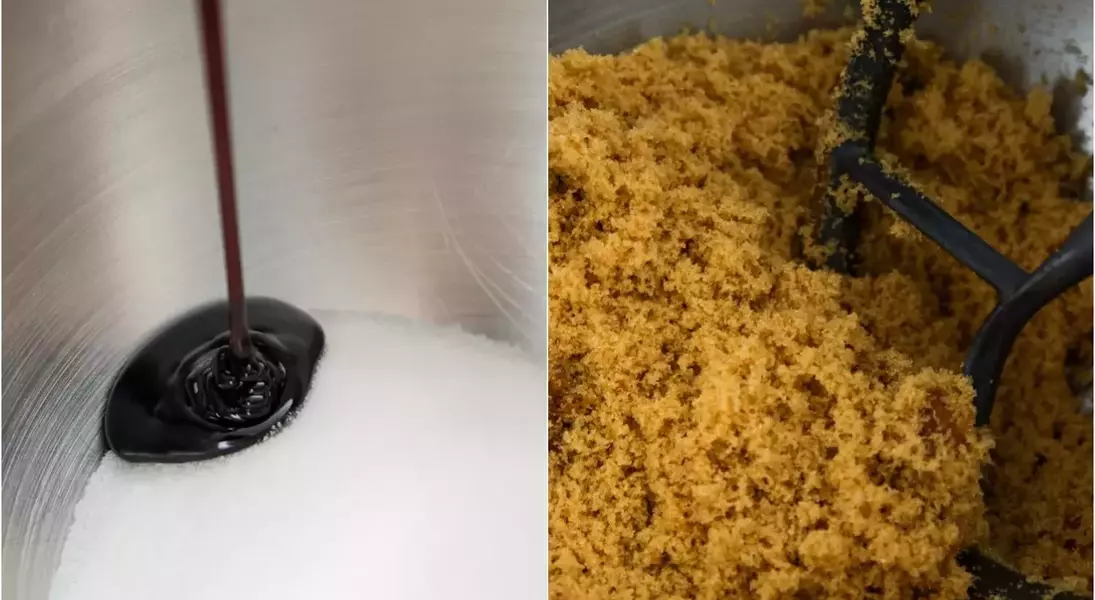





While the concept of making brown sugar at home has existed for a long time, its true utility wasn't immediately apparent to me. I harbored a certain skepticism, questioning whether a mixture of refined white sugar and commercially produced molasses could genuinely surpass the quality of factory-made brown sugar, which fundamentally consists of the same components. This perspective shifted dramatically when a friend, facing an unexpected dessert emergency with guests moments away, called in a state of panic.
My initial skepticism stemmed from the perceived lack of quality improvement, believing that unless one sourced exceptional, artisanal molasses, the end product wouldn't offer significant advantages. However, the crisis with my friend's dessert highlighted a different, crucial benefit: convenience. Guiding her through the simple process of combining white sugar and molasses saved her a trip to the store, and her bourbon pecan layer cake turned out flawlessly. This experience revealed the practical value of homemade brown sugar as a quick and efficient solution.
If you find yourself in a similar situation, running low on brown sugar, utilizing molasses to create an emergency batch is an excellent alternative, provided it's done correctly. Firstly, ensure you're using true molasses, avoiding blackstrap molasses unless explicitly specified by a recipe. Secondly, it's vital to grasp the precise proportions. Commercial brown sugar typically contains about 10% molasses by weight. However, simply multiplying white sugar's weight by 0.1 won't yield the desired result, as this often leads to a product too light in color and flavor, even for recipes generally expecting light brown sugar. To accurately achieve a light brown sugar, you must adjust the amount of white sugar to account for the molasses added. For instance, if you start with seven ounces of sugar, reduce the white sugar to 6 1/4 ounces, then add 3/4 ounce of molasses. This ensures the molasses constitutes 10% of the total weight. While this might sound intricate, the core principle is straightforward: 6 1/4 ounces of white sugar combined with 3/4 ounce of molasses will produce seven ounces of brown sugar. You can prepare larger quantities that will store well for approximately a month. If you possess a kitchen scale, you can precisely calculate the required amounts of white sugar and molasses for any desired quantity of brown sugar. Simply multiply the target brown sugar weight by 10% to ascertain the molasses quantity, then subtract that figure to determine the white sugar needed. Incorporating lightly toasted sugar, if available, can introduce nuanced caramel notes, elevating the flavor profile of your homemade brown sugar. The final color will vary depending on the molasses brand and whether toasted sugar is used, often presenting a reddish hue compared to traditional brown sugar. Despite being more voluminous ounce for ounce due to less compaction, homemade brown sugar, when measured accurately, will perform similarly to its commercial counterpart in recipes, even if it causes slight variations in spread, such as with oatmeal cookies. Although I still favor the convenience of commercial brown sugar for its affordability and consistency, mastering the art of homemade brown sugar is an invaluable skill for any baker to have.
The ability to create brown sugar from basic ingredients transcends mere convenience; it symbolizes resourcefulness and adaptability in the culinary world. This skill empowers home bakers, ensuring that a sudden shortage of a specific ingredient doesn't derail their creative endeavors. It underscores the idea that with a little knowledge and preparation, unexpected challenges can be transformed into opportunities for innovation and self-sufficiency in the kitchen. Embracing such fundamental techniques enriches the baking experience, fostering a deeper connection to the craft and a greater appreciation for the transformative power of simple ingredients.
